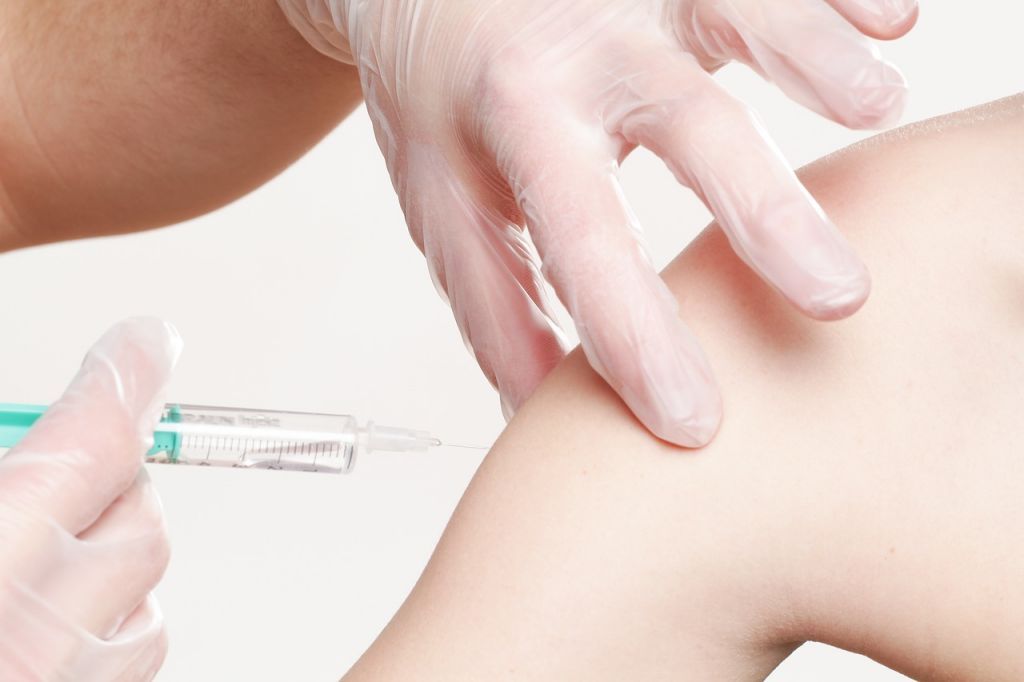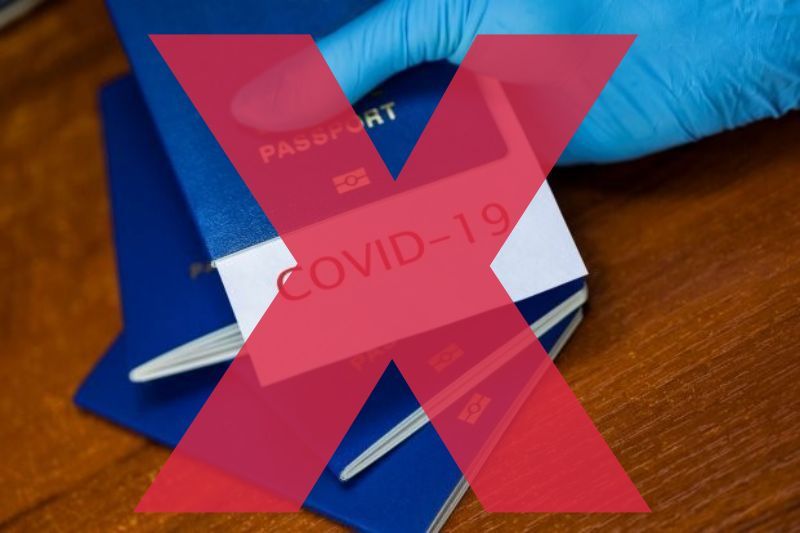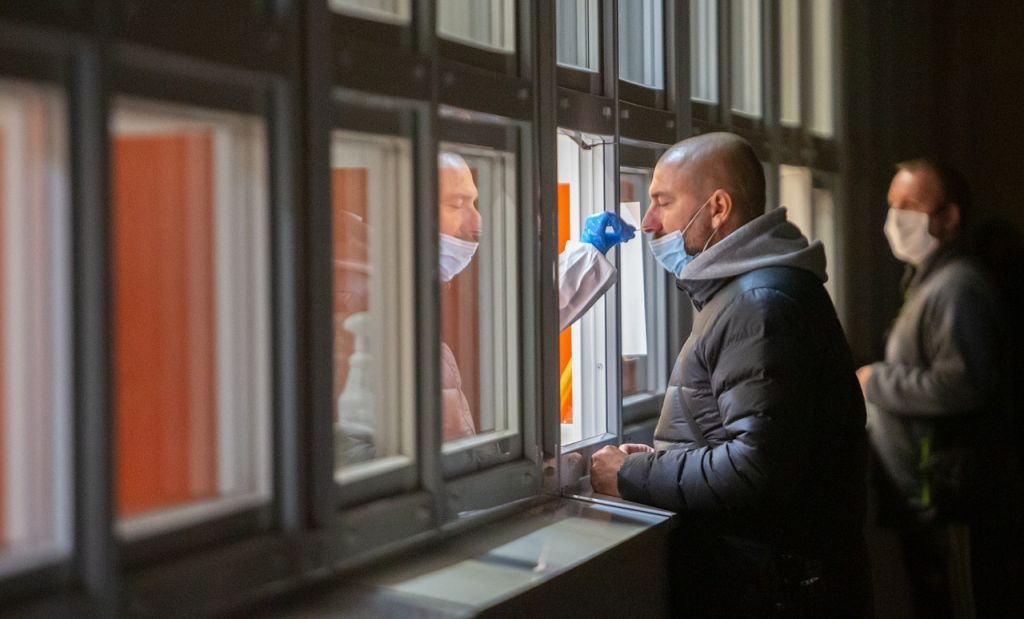One out of five destinations continues to have their borders completely closed as new surges of COVID-19 impact the restart of international tourism and the European Union is preparing new rules for safe travels.
And the European Commission has proposed to update the rules on coordination of safe and free movement in the EU, which were put in place in response to the COVID-19 pandemic.
Since the summer, vaccine uptake has increased significantly and the EU Digital COVID Certificate has been rolled out successfully, with more than 650 million certificates issued to date. At the same time, the epidemiological situation in the EU continues to develop with some Member States taking additional public health measures, including administering booster vaccines.
Now, the European Commission is proposing a stronger focus on a ‘person-based’ approach to travel measures and a standard acceptance period for vaccination certificates of 9 months since the primary vaccination series. The 9 month period takes into account the guidance of the European Centre for Disease Prevention and Control (ECDC) on the administration of booster doses as of 6 months, and provides for an additional period of 3 months to ensure that national vaccination campaigns can adjust and citizens can have access to boosters.
The Commission is also proposing updates to the EU traffic light map; as well as a simplified ‘emergency brake’ procedure.
Stella Kyriakides, Commissioner for Health and Food Safety said, “The EU Digital COVID Certificate and our coordinated approach to travel measures have greatly contributed to safe free movement, with the protection of public health as our priority. We have vaccinated over 65% of the total EU population, but this is not enough. There are still too many people who are not protected. For everyone to travel and live as safely as possible, we need to reach significantly higher vaccination rates – urgently. We also need to reinforce our immunity with booster vaccines. Taking into account the guidance from ECDC, and to allow Member States to adjust their vaccination campaigns and for citizens to have access to boosters, we propose a standard acceptance period for vaccination certificates. At the same time, we have to continue to strongly encouraging everyone to continue to respect public health measures. Our masks need to stay on.”
Booster shots
As of yet, there are no studies expressly addressing the effectiveness of boosters on transmission of COVID-19 and therefore it is not possible to determine an acceptance period for boosters. However, given the emerging data it can be expected that protection from booster vaccinations may last longer than that resulting from the primary vaccination series. The Commission will closely monitor newly emerging scientific evidence on this issue. On the basis of such evidence, the Commission may, if needed, propose an appropriate acceptance period also for vaccination certificates issued following a booster.
The EU traffic light map
The EU traffic light map is adapted combining new cases with a region’s vaccine uptake. The map would be mainly for information purposes, but would also serve to coordinate measures for areas with particularly low (‘green’) or particularly high level (‘dark red’) of circulation of the virus. For these areas, specific rules would apply by derogation from the ‘persons-based approach’. For travellers from ‘green’ areas, no restrictions should be applied. Travel to and from ‘dark red’ areas should be discouraged, given the high number of new infections there, and persons who are neither vaccinated nor have recovered from the virus should be required to undergo a pre-departure test and quarantine after arrival (with special rules for essential travelers and children under 12 years old).
Exemptions from certain travel measures: should apply for cross-border commuters, children under 12 and essential travellers. The list of essential travellers should be reduced as many travellers included in the current list have had the opportunity to be vaccinated in the meantime.
Simplified ‘emergency brake’ procedure
The emergency procedure intended to delay the spread of possible new COVID-19 variants or address particularly serious situations should be simplified and more operational. It would include a Member State notification to the Commission and the Council and a roundtable at the Council’s Integrated Political Crisis Response (IPCR).
According to the UNWTO Travel Restrictions Report, 46 destinations (21% of all destinations worldwide) currently have their borders completely closed to tourists. Of these, 26 destinations have had their borders completely closed since at least the end of April 2020. A further 55 (25% of all global destinations) continue to have their borders partially closed to international tourism, and 112 destinations (52% of all destinations) require international tourists to present a PCR or antigen test upon arrival.
The research also shows how destinations are opening up to vaccinated international tourists: 85 destinations (39% of all destinations worldwide) have eased restrictions for fully vaccinated international tourists, while 20 destinations (9% of all destinations worldwide) have made a full COVID-19 vaccination mandatory for entering a destination for tourism purposes. However, just four destinations have so far lifted all COVID-19-related restrictions completely (Colombia, Costa Rica, Dominican Republic and Mexico).
UNWTO Secretary-General Zurab Pololikashvili says: “The safe easing or lifting of restrictions on travel are essential for the restart of tourism and the return of the social and economic benefits the sector offers. The trend towards destinations taking evidence-based approaches to restrictions reflects the evolving nature of the pandemic will also help restore confidence in travel while helping keep both tourists and tourism workers safe.”
As in previous editions of the UNWTO Travel Restrictions Report research, this latest report shows that regional differences with regards to travel restrictions remain. Asia and the Pacific remains the region with the most restrictions in place, with 65% of all destinations completely closed. In comparison, Europe is the most open global region to international tourists (7% of borders completely closed), followed by Africa (9%), the Americas (10%) and the Middle East (15%).
The ongoing challenges posed by the pandemic further emphasises the importance of national authorities ensuring that immigration procedures and requirements are provided in a timely, reliable and consistent manner across all information systems and platforms, to maintain confidence and trust and to further facilitate international mobility.













